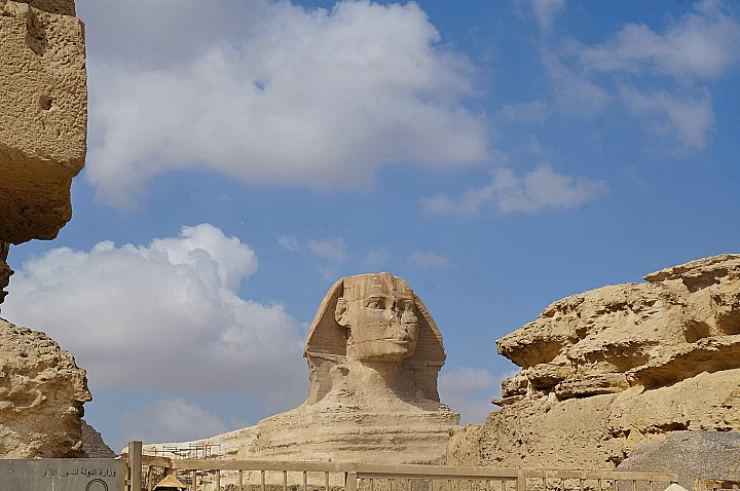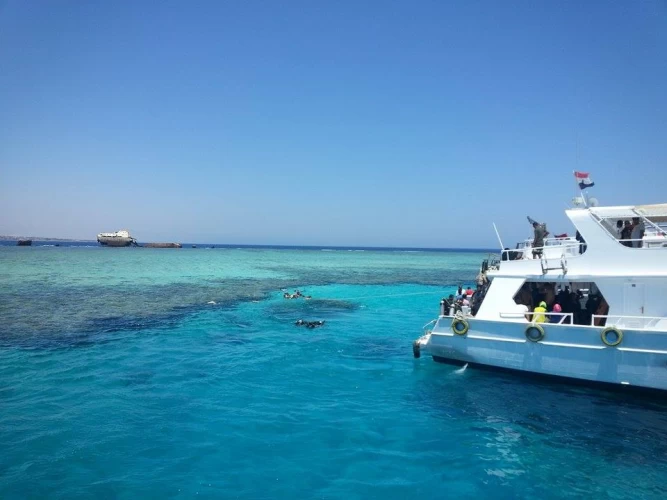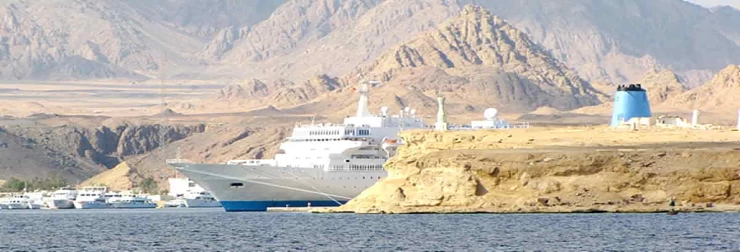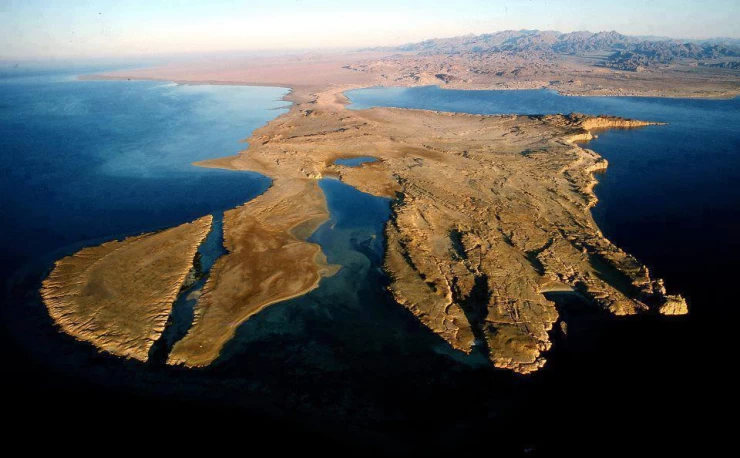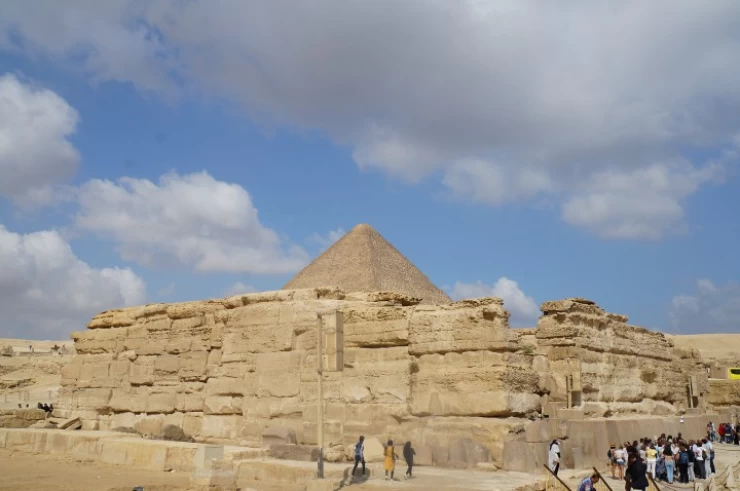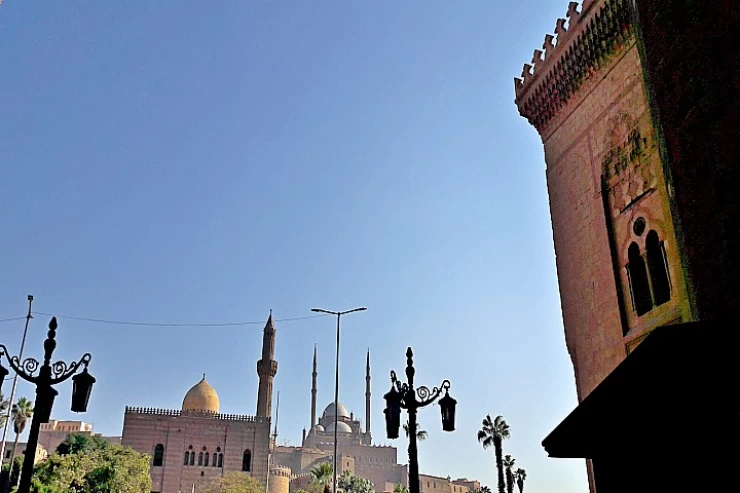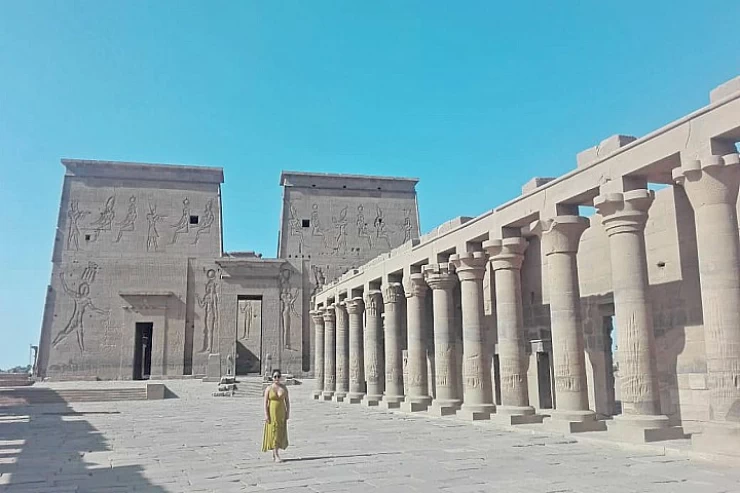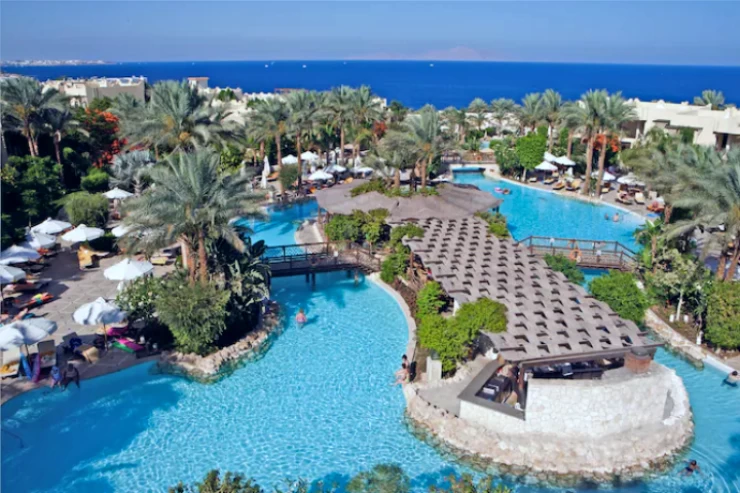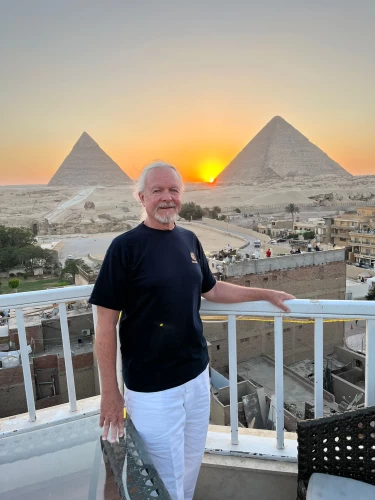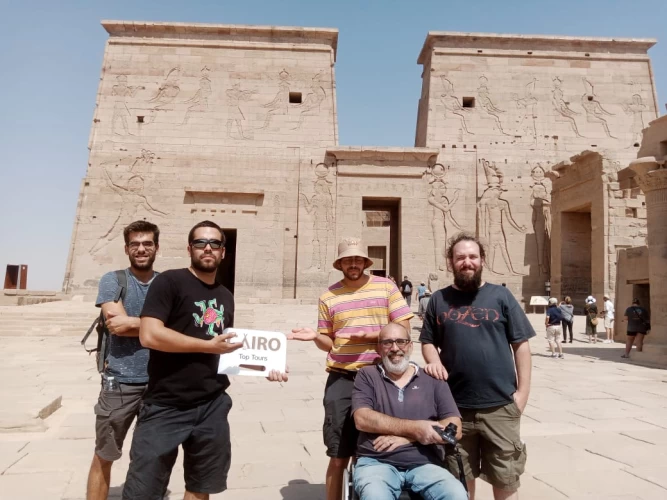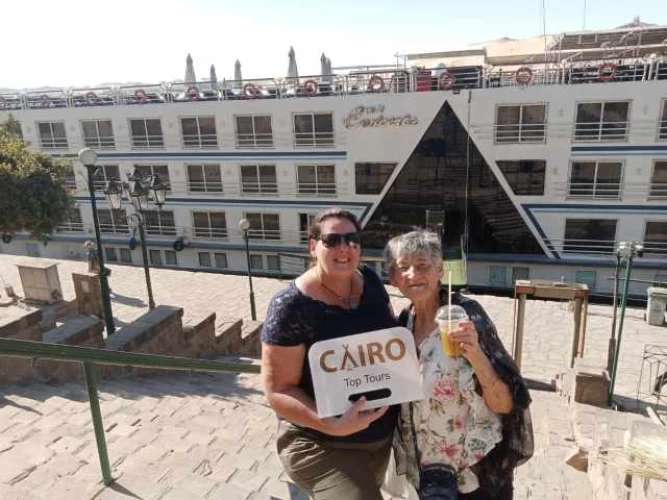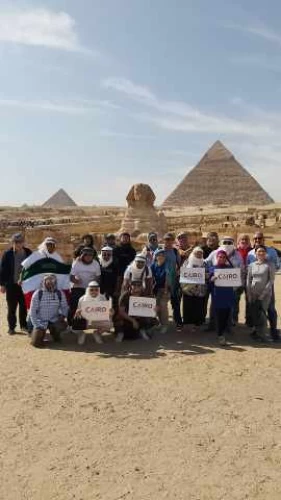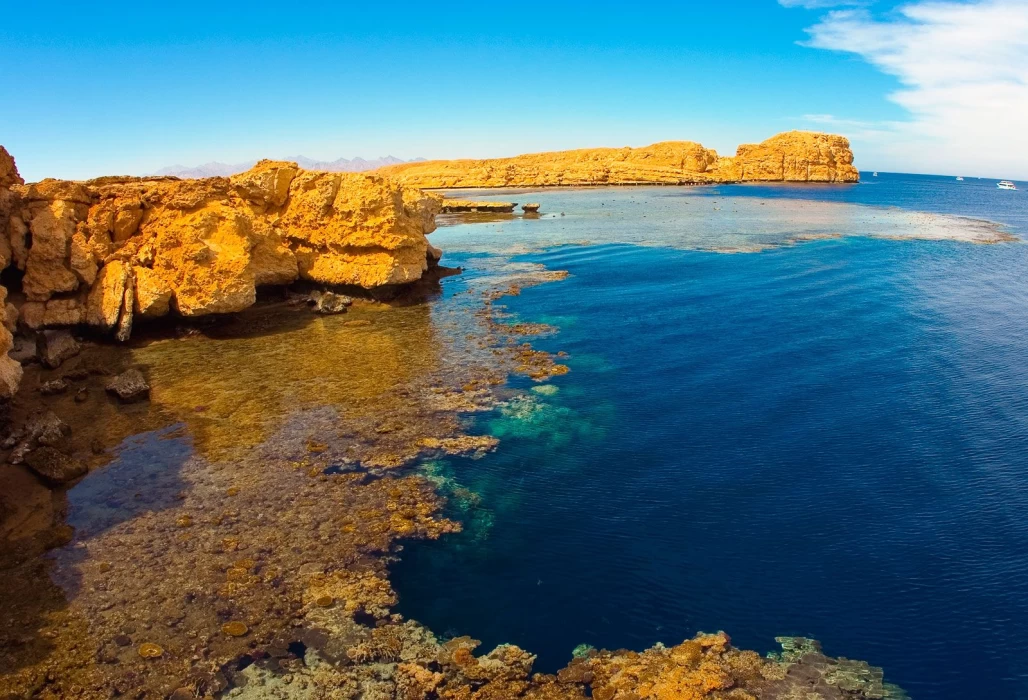
Ras Muhammad National Park | Nature Reserve
Discovering Ras Mohammed National Park: Egypt’s Coastal Treasure
Introduction
Ras Mohammed National Park, located at the southern tip of the Sinai Peninsula in Egypt, stands as a crown jewel of natural beauty and ecological diversity. Established in 1983, this protected area encompasses around 480 square kilometers of land and sea, offering a unique blend of desert landscapes, coral reefs, and rich marine biodiversity. Renowned for its stunning scenery and vibrant underwater world, Ras Mohammed has become a must-visit destination for nature enthusiasts and adventurers alike.
Geographical and Environmental Highlights
Ras Mohammed National Park is strategically positioned where the Red Sea meets the Gulf of Suez and the Gulf of Aqaba. This location is crucial for the park's ecological richness, as the convergence of different marine currents supports a variety of coral reefs and marine species. The park's terrestrial environment features dramatic contrasts, from the arid desert landscapes to the lush oasis areas, creating a haven for diverse flora and fauna.
The marine environment of Ras Mohammed is perhaps its most celebrated feature. The park is home to some of the most pristine coral reefs in the Red Sea, which are among the best-preserved in the region. These coral reefs host an impressive array of marine life, including over 200 species of coral and more than 1,000 species of fish. Scuba diving and snorkeling in Ras Mohammed offer unforgettable experiences, with encounters ranging from vibrant reef fish and sea turtles to the occasional sighting of sharks and rays.
Key Attractions
Shark Reef and Yolanda Reef: These are two of the most famous dive sites in Ras Mohammed. Shark Reef is known for its sheer drop-offs and the chance to see larger pelagic species, while Yolanda Reef is renowned for its colorful coral formations and the wreck of a cargo ship that sank in 1980, now teeming with marine life.
The Magic Lake: Located inland, the Magic Lake is a saline lake with stunningly clear water. Its unusual color and serene environment make it a fascinating spot for visitors seeking a peaceful retreat.
The mangroves of Ras Mohammed: These coastal mangrove forests are crucial for the ecosystem, providing nursery grounds for many marine species and serving as a buffer against coastal erosion.
Gordon Reef: Another popular dive site, Gordon Reef is noted for its extensive coral formations and abundant marine life. The reef’s proximity to the surface allows for fantastic snorkeling opportunities as well.
Conservation Efforts
As a protected area, Ras Mohammed National Park is subject to rigorous conservation efforts aimed at preserving its natural resources and habitats. The Egyptian Environmental Affairs Agency (EEAA) manages the park, implementing measures to regulate tourism and mitigate human impact. These efforts include:
Marine Protection: Regulations are in place to prevent damage to the coral reefs, such as prohibiting touching or standing on the corals. There are also controlled zones where fishing and other potentially harmful activities are restricted.
Waste Management: The park has established waste management protocols to ensure that litter and pollutants do not adversely affect the environment.
Educational Programs: The park conducts educational programs and guided tours to raise awareness about the importance of conservation and the unique features of Ras Mohammed.
Tourism and Activities
Ras Mohammed National Park offers a range of activities for visitors, including:
Diving and Snorkeling: With its clear waters and vibrant marine life, the park is a premier destination for underwater exploration.
Hiking and Sightseeing: The park's diverse landscapes offer numerous opportunities for hiking and sightseeing, including trails with panoramic views of the surrounding desert and sea.
Bird Watching: The park is also a significant site for bird watching, with various migratory and resident bird species inhabiting the area.
Latest Articles
Admin
Aswan Governerate in Egypt
Aswan was known as ‘Sonu’ in ancient Egyptian times, meaning market, as it was a trading centre for caravans coming to and from Nubia. In the Ptolemaic era, it was called ‘Sin’ and the Nubians called it ‘Yaba Swan’. It was also known as the Land of Gold because it served as a great treasure or tomb for the kings of Nubia who lived there for thousands of years. Before the migration, Aswan's borders extended from Asna in the east to the border of Sudan in the south, and its inhabitants were Nubians, but after the Islamic conquest of Nubia, some Arab tribes settled there.
Admin
About Luxor Governorate in Egypt
The South Upper Egyptian area is home to the Egyptian governorate of Luxor. Its capital is Luxor, which was formerly Thebes, the capital of Egypt throughout multiple pharaonic eras. Its centers and cities are spread over both sides of the Nile River. The said governorate was established by Presidential Decree No. 378 of 2009, which was promulgated on the 9th of December of that year.
Admin
History of kafr El Sheikh Governorate
Kafr El Sheikh Governorate, located in the far north of Egypt in the Nile Delta, overlooking the Mediterranean Sea, is characterised by the diversity of natural life and environments, and is one of the Egyptian cities that can be visited after the end of the first semester exams at universities and schools, as it features many diverse tourist and recreational places at symbolic prices within everyone's reach.
Admin
Egypt's New Administrative Capital
The New Administrative Capital is considered the project of the era because it reflects a perfect image of the future and progress on the economic, cultural, social and civilisational level, as the capital is considered the new capital of Egypt at the present time. The importance of the New Capital is that it is a comprehensive transformation of the future of buildings, services and national and mega projects in Egypt.
Admin
Al Gharbia Governorate
The Governorate of Gharbia is inclusive in the geographical area of The Arab Republic of Egypt which is in the African continent, more specifically in the region surrounding the Nile delta, between Damietta and Rashid governance. To the control of the region from the north is Kafr El-Sheikh Governorate, from the south Menoufia Governorate, from the east – Dakahlia, Qalyubia Governorates, and to the west is the Beheira Governorate.
Admin
Hamata Islands (Qulaan Archipelago) in Marsa Alam
Each reserve has several sectors. In Wadi El Gemal Reserve, there is one of the natural areas called the Hamata area or Hamata sector in Wadi El Gemal Reserve. Its sectors are the perfect and most ecological, land and water, and host countless animals and plants found in the oceans and on the land.






